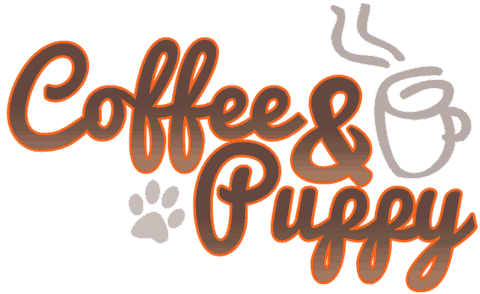Dogs 101: Food And Nutrition
The best food to feed any dog is with whole natural foods you might get at your grocery store or raw dog food supplier. Depending on what dog food you buy, feeding raw foods to your dogs is about the same price as the expensive kibbles. You’ll need to make room in your freezer if you want to stock up on healthy whole natural foods for your pups and you can find many dog food recipes on line to make sure your dog is getting all the nutrients he or she needs to live a long healthy life.
If you’re going to go with processed dog food, it can still be a challenge to sort out high-quality chow from the canine equivalent of junk food.
Shopping For Good Dog Food
Reading dog food labels is something of an exercise in futility unless you know the arcane rules governing what they can say, but here are a few guidelines.
- Ingredients must be listed by the amount in descending order. So if the meat is the first ingredient (the ideal to strive for), technically the food contains more of that ingredient — chicken, say — than any other ingredient. In reality, chicken is a heavy ingredient because it contains a lot of water, so it’s easy for manufacturers to manipulate the label by listing chicken first and following it with various grains, such as wheat meal, wheat middlings, wheat flour, and so on. It’s all wheat, though, and if you were to put it on a scale with the chicken, it would probably outweigh the fowl.
- The first ingredient on the label should always be meat with a name — such as chicken, lamb, or beef — as opposed to the generic “meat,” which could be anything.
- A food should have more meat protein than grain protein. Unfortunately, there’s really no way to tell that from the label.
- One or more types of meat, or high-quality dairy products such as eggs, should be listed among the first three to five ingredients. If the first ingredient is a meat, followed by only grains, or if the first ingredient is a grain, check some other brands before buying.
- Marketing terms such as natural or premium have no official legal definition. If you want to know what the manufacturer means by “human-grade ingredients” or “70-percent organic,” give the company a call and get some answers. Every can or bag of dog food must list contact information for the manufacturer on the label.
How Much To Feed Your Dog
How much your dog eats depends on a number of factors, including age, bone structure, and energy level, as well as the quality of the food you give him.
More important than the amount of food your dog gets is his overall condition. He should look muscular, not fat. If you’re unsure whether he’s overweight, give him the eye exam and the hands-on test. First, look down at him: he should have a visible waist. Then place your hands on his back, thumbs along the spine and fingers spread downward. You should be able to feel but not see his ribs. If you can’t feel the last two ribs, he needs less food and more exercise. If you can see his ribs, feed him more.
Keep In Mind:
- Your dog will need less food if it’s high-quality and contains top-notch ingredients, so don’t think you’re saving money by buying the cheapest brand or whatever’s on sale. That’s because foods with high-quality protein are more digestible — that is, your dog can use more of the nutrients they contain — than foods based on grains. You can see the difference in smaller, firmer stools.
- Measure his food and feed him twice a day rather than leaving food out all the time. Take away whatever’s left in his bowl if he hasn’t finished it in 20 minutes, and you’ll help keep obesity at bay. Giving him plenty of daily exercises should do the rest.
Food Facts
- Give your dog healthy snacks such as fruits and vegetables: apple slices, carrot sticks, orange segments, banana slices, and frozen vegetables are all canine favorites.
- It’s okay to give your dog a little bite of what you had for dinner, as long as it’s not toxic to dogs, high in sodium, fried or junk food
- Some foods aren’t good for dogs and can cause serious health problems. These include chocolate, onions, raisins, and grapes.
- Feed your dog at the same time every day.
- Always feed your dog in his bowl or you’re asking for a lifetime of your best friend begging at the table and following you around the kitchen.
- Make sure what you buy is high in protein, not grain-based, and that it’s AAFCO-tested. The AAFCO, the American Association of Feed Control Officials, is a watchdog group that sets food-testing and labeling standards.
- Check the FDA website regularly for pet food recalls. If you see a recalled food product, share the information with your friends and family.
Link To Original Post: http://dogtime.com/dog-health/general/8130-dog-food-nutrition-dc2
On – 19 June 2017





